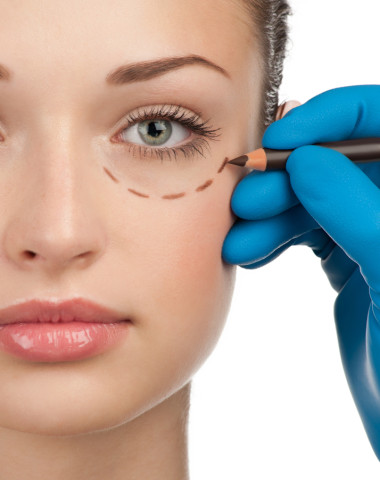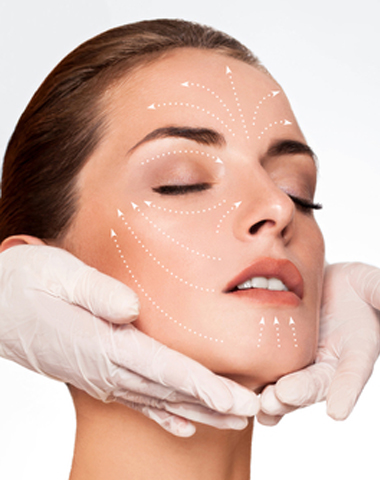Neuromodulators have been very present in the media. We see it in newspapers, tabloids, and in movies. But other than the final results of neuromodulators– notably, smoother looking skin – how much do you actually know about the revolutionary procedure?
To get very scientific for a minute, this neuromodulator is a drug made from a neurotoxin produced by Clostridium botulinum, called botulinum toxin.
The source of it varies widely from forests to cultivated soils to the intestinal tracts of mammals (crazy, right?). Only when the spores turn into vegetative cells and begin to produce botulinum toxin on their own is it harmful. Botulism is the result of this.
In extremely small doses, this neuromodulator prevents signals of nerve cells from reaching muscles, ultimately paralyzing them.
The powder itself is diluted with a salt water mixture and injected directly into neuromuscular tissue. Upon injection, the patient must wait upwards of three to five days for the paralyzing process, otherwise known as synaptosomal process, to take place. When the muscles become less stiff from fewer contractions, fewer wrinkles and fine lines result. Of course, the process sees better results with individuals who have finer lines to begin with. Deeper creases might not be corrected fully by the procedure due to some of the permanent effects of aging.
This neuromodulator can be personalized based on the needs of the individual.
 Dermatologists have the capability to monitor the amount that is injected as well as the location receiving treatment.
Dermatologists have the capability to monitor the amount that is injected as well as the location receiving treatment.
When talking about this neuromodulator in regards to the cosmetic procedure, the individual might want to have a more dramatic result while another might want softer features.
The list of benefits is quite extensive, including correcting facial asymmetry, relaxing the forehead, and lifting eyebrows. The effects of this procedure can last up to four months as it is not a permanent solution to removing wrinkles and fine lines.
Sometimes, patients develop facial muscle memory, which means that they use the muscles that initially caused the creases, less and less due to the paralysis.
If this is not the case and treatments are not repeated, then the patient’s skin will revert to how it originally was, before the neuromodulator treatment took place.
It might seem counter-intuitive that we inject this substance into our bodies, knowing the potential dangers.
However, this neuromodulator is a therapeutic protein when dosage and frequency are considered. Dermatologists and plastic surgeons are trained at injecting it. And, as with many invasive procedures, neuromodulator treatment is not advised for pregnant women, breastfeeding women, or those with specific neurological conditions.
I am going to end on a bit of a factoid: Years ago, I only saw this neuromodulator as a way to get rid of wrinkles as stress and old age set in. Unbeknownst to me, there were several alternative uses! They include treating migraines, overactive bladder, and eyelid spasms. Furthermore, there is a misconception that this neuromodulator should be reserved for those in their 50s and 60s.
Rather than it being a proactive medical procedure, I observed neuromodulator treatment as a reversal process, which is somewhat false.
Those who initiate neuromodulator treatment in their 30s or 40s can benefit as the preventative measures maintains the youthful appearance into the later decades.
We welcome you to learn more about facial anatomy and neuromodulators here.


















